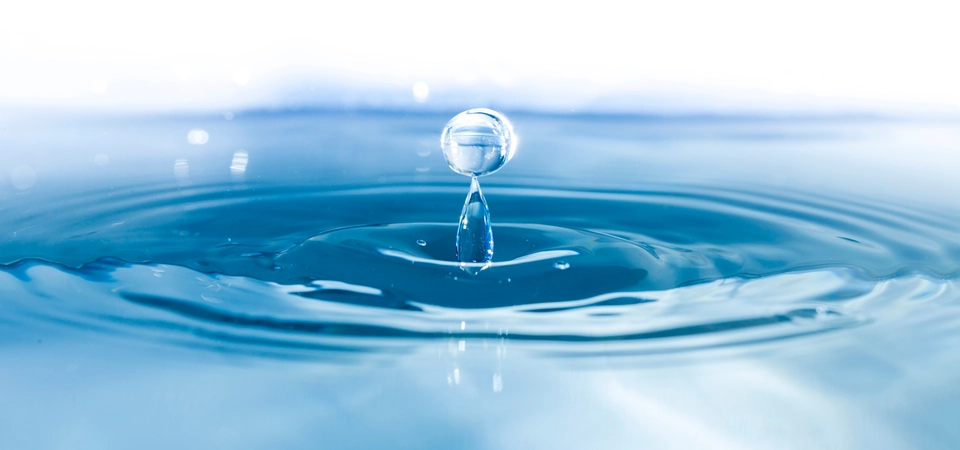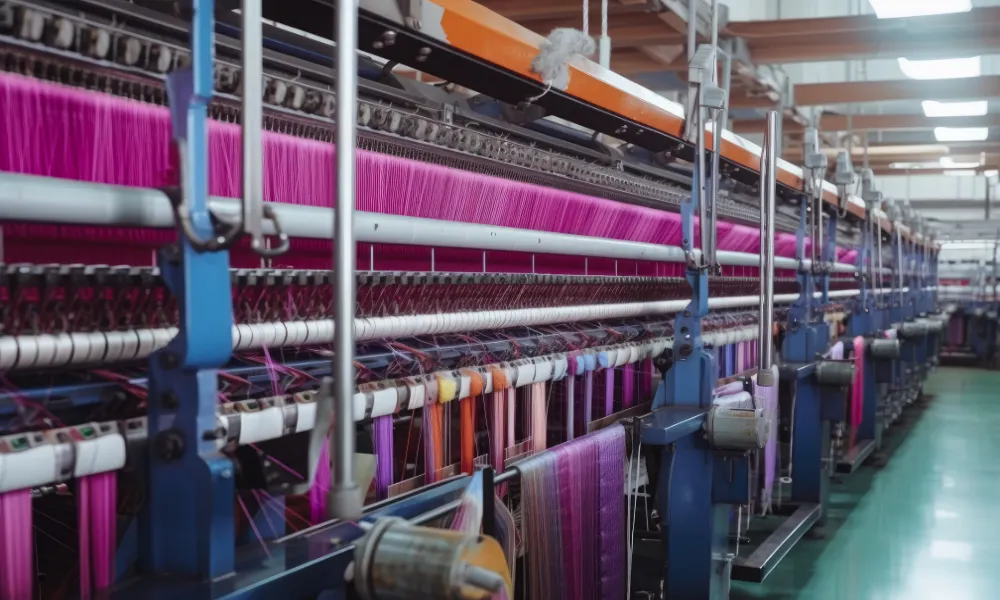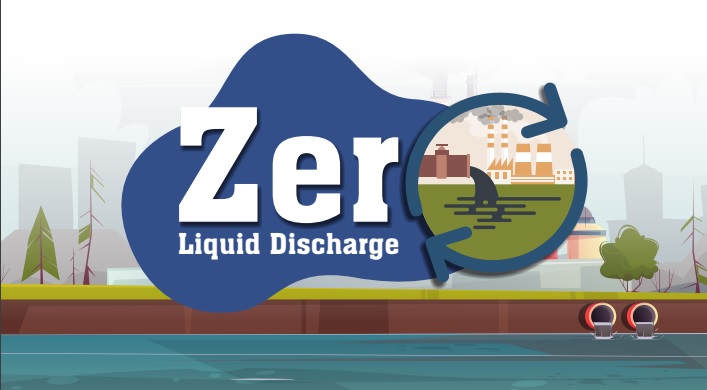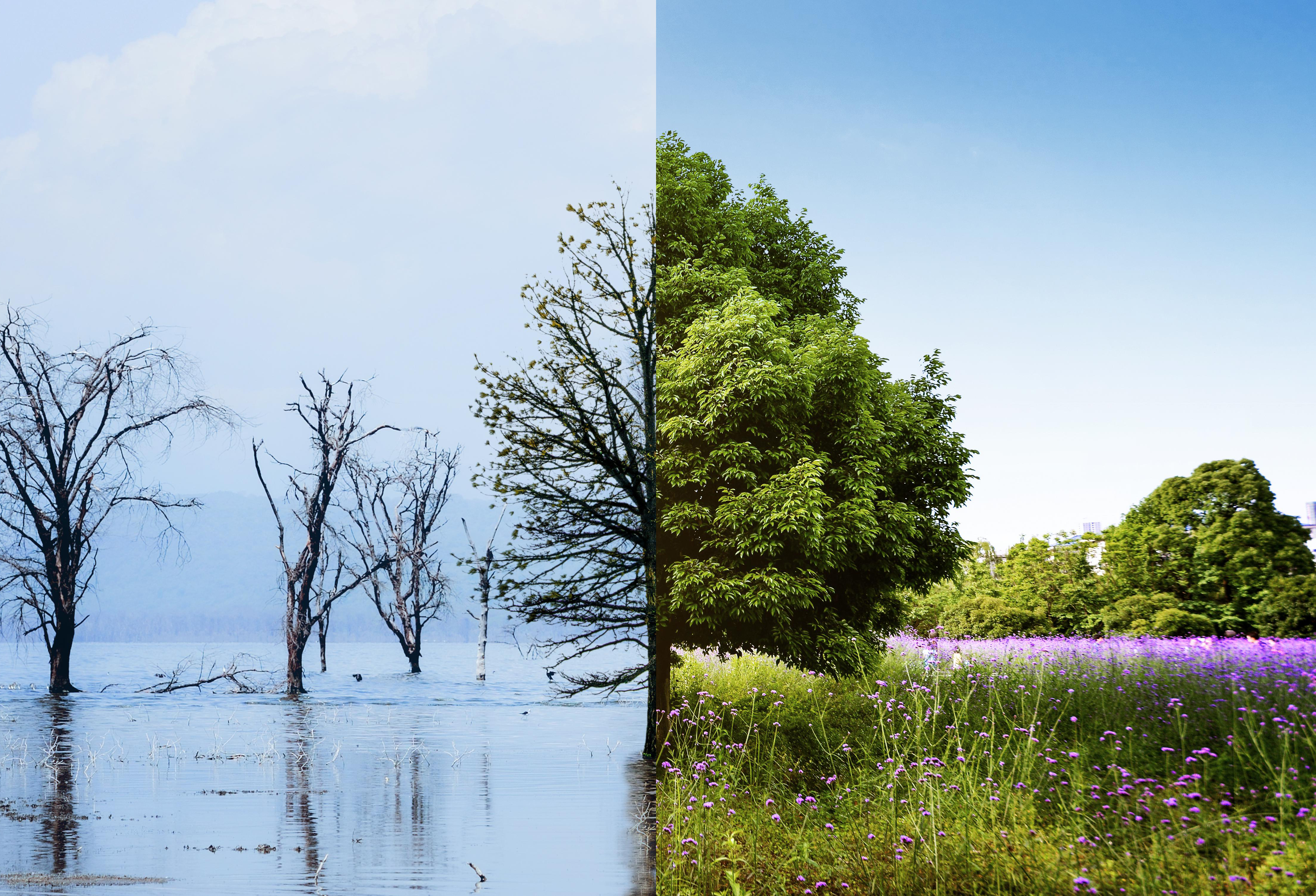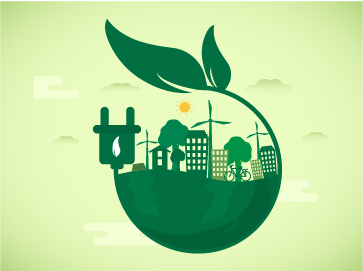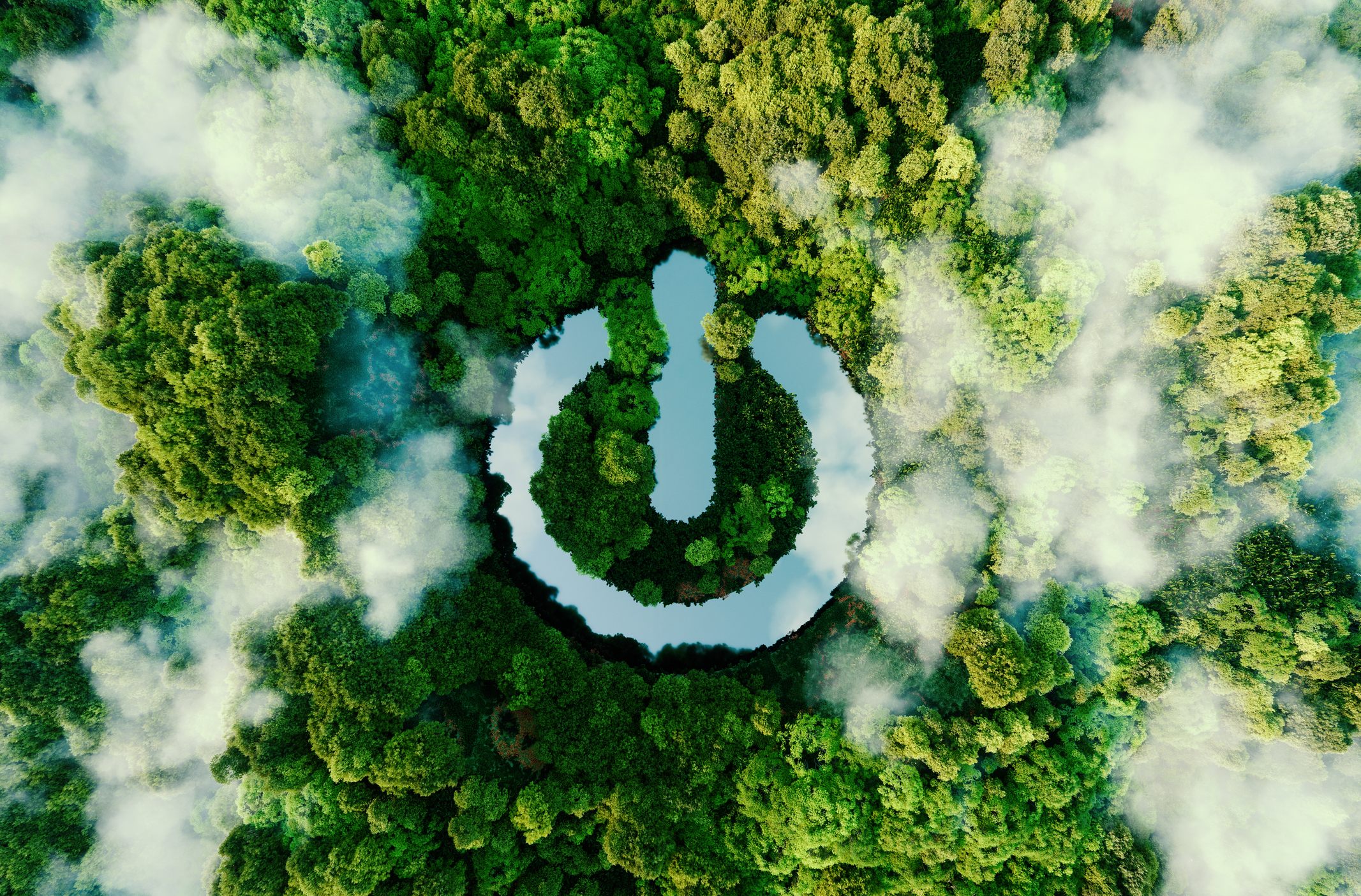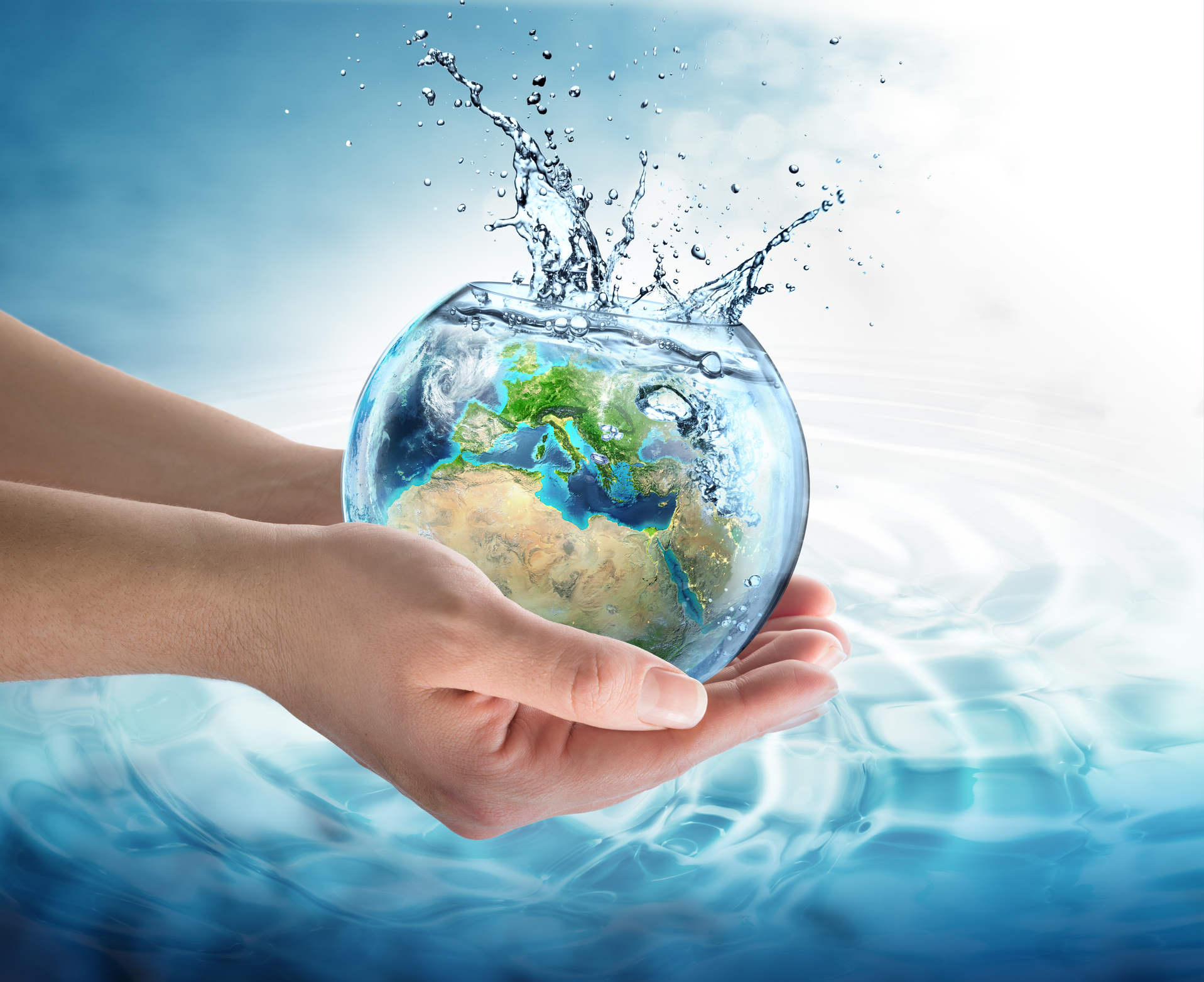In the realm of industrial processes, the quality of water plays a pivotal role in ensuring efficient perations and product quality. Water treatment in industrial settings is not merely an auxiliary process; it’s a fundamental necessity. This is where Thermax’s industrial water treatment resins come into play, revolutionising the way industries manage their water resources.
Industrial Water Treatment :
Water serves as the lifeblood of various industrial sectors, aiding in steam generation, cooling, cleaning, and forming a vital ingredient in numerous products. However, the water available for these processes often contains impurities like dissolved salts, organic compounds, heavy metals, and contaminants that can lead to corrosion, scaling, fouling, and operational disruptions.
Thermax’s Commitment to Quality :
Thermax, a global leader offering sustainable solutions in the energy and environment domain, recognises the pivotal role high-quality water plays in industrial processes. Armed with decades of expertise, the company has developed an extensive range of industrial water treatment resins designed to address a wide spectrum of water treatment challenges.
Key Features of Thermax’s Industrial Water Treatment Resins:
- Versatility : Thermax offers a diverse range of resins suitable for a multitude of industrial applications, from boiler feedwater treatment to demineralisation and softening.
- Efficiency: These resins are engineered to maximise ion exchange capacity, ensuring the efficient removal of impurities from water.
- Durability : Thermax resins are built to endure, provide long-term, reliable performance in demanding industrial environments.
- Cost-Effectiveness: By enhancing water quality and reducing the frequency of system maintenance, Thermax’s resins help industries save on operational costs.
- Environmental Responsibility : Thermax is committed to sustainability, and their resins are designed with a focus on minimising waste and environmental impact.
Thermax’s industrial water treatment resins are indispensable in numerous industrial applications:
Industrial Softening :
Thermax’s industrial water treatment resins are particularly valuable for industrial softening. In many industries, such as those relying on boilers, cooling towers, and heating systems, the presence of hardness ions like calcium and magnesium can lead to scaling and reduced equipment efficiency.
Thermax’s resin-based softening solutions effectively remove these hardness ions, ensuring that water is softened to meet the specific requirements of industrial processes. This not only enhances operational efficiency but also prolongs the lifespan of equipment.
Demineralisation :
In industries where ultra-pure water is essential, such as pharmaceuticals and electronics, demineralisation is crucial. Thermax’s industrial water treatment resins excel in demineralisation by efficiently removing both cations (positively charged ions) and anions (negatively charged ions) from water. This results in exceptionally pure water, free from impurities that could compromise sensitive
processes and products. Whether it’s for pharmaceutical-grade water or electronics manufacturing, Thermax’s demineralisation solutions set the standard for purity.
De-alkalisation :
For processes requiring low alkalinity levels, such as certain chemical manufacturing and food processing applications, Thermax’s de-alkalisation resins play a vital role. Elevated alkalinity levels in water can adversely affect chemical reactions and product quality. Thermax’s de-alkalisation resins
effectively reduce alkalinity, ensuring that water is tailored to meet the specific requirements of these processes. This precision in water quality control is crucial for industries that demand the utmost accuracy..
Mixed Bed Resins :
Mixed bed resins, combining cation and anion exchange resins in a single unit, are the ultimate solution for achieving the highest water purity levels. They are extensively used in industries like power generation, semiconductor manufacturing, and laboratories where the strictest water quality standards must be met. Thermax’s mixed bed resins provide the highest degree of demineralisation, ensuring water is virtually free from all ionic contaminants. This level of purity is essential for applications where even minute amounts of impurities can have a significant impact. Incorporating these specialised resins into your industrial water treatment processes underscores Thermax’s dedication to providing tailored solutions for specific industrial needs. From preventing scaling and enhancing equipment efficiency through softening to delivering ultrapure water for critical applications like pharmaceuticals and electronics, Thermax’s industrial water treatment resins are a trusted choice for industries worldwide. These resins not only meet but often exceed the stringent standards required for industrial water treatment, making them an indispensable part of modern industrial processes.
Applications across Industries :
Thermax’s industrial water treatment resins find applications across a wide range of industries:
- Power Generation : They help ensure the efficient and reliable operation of power plants by providing high-purity water for boilers and cooling systems.
- Chemical Processing : Thermax resins play a crucial role in maintaining the quality of chemical products and protecting equipment from corrosion.
- Food and Beverages : Water quality is paramount in food and beverage production, and Thermax’s food grade and NSF certified resins help meet stringent quality standards.
- Pharmaceuticals : These resins are used to produce high-purity water for pharmaceutical manufacturing, where product integrity is non-negotiable.
- Textiles : They contribute to efficient dyeing and finishing processes and water recycling by treating textiles for colour removal in the textile industry.
- Automotive : Water quality is vital in automotive manufacturing, and Thermax resins ensure that water meets the required specifications.
- Mining : Industries reliant on water in mining operations benefit from improved water quality and reduced environmental impact. Thermax provides chelating resins for the treatment of tailings to remove the residual impurities and recover precious metals.
- Petrochemicals : Thermax water treatment resins help protect equipment by producing high-purity water, and also Tulsion polymeric catalyst is used in the production of octane boosters, helping maintain product quality in the petrochemical industry.
In a world where water scarcity and environmental concerns are becoming increasingly pressing issues, Thermax stays committed to providing sustainable and efficient water treatment solutions. Thermax’s industrial water treatment resins are not just products; they are enablers of cleaner, more efficient, and
more responsible industrial processes. As industries strive to meet higher standards of quality, efficiency, and sustainability, Thermax’s industrial water treatment resins stand as a beacon of innovation and reliability, supporting them every step of the way.
To explore the full range of Thermax’s industrial water treatment resins and discover how they can transform your industrial processes, visit Thermax’s Industrial water treatment resins page –
https://www.thermaxglobal.com/chemicals/industrial-water-treatment-resins/

